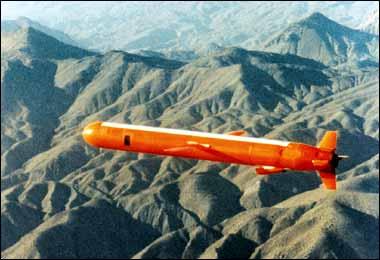 [Image: From the “Flower Shell” project by Studio Total].
[Image: From the “Flower Shell” project by Studio Total].
The Department of Defense is looking to develop “biodegradable training ammunition loaded with specialized seeds to grow environmentally beneficial plants that eliminate ammunition debris and contaminants.”
As the DoD phrases it, in a new call-for-proposals, although “current training rounds require hundreds of years or more to biodegrade,” they are simply “left on the ground surface or several feet underground at the proving ground or tactical range” after use.
Worse, “some of these rounds might have the potential [to] corrode and pollute the soil and nearby water.”
The solution? From bullets to seeds. Turn those spent munitions into gardens-to-come:
The US Army Corps of Engineers’ Cold Regions Research and Engineering Laboratory (CRREL) has demonstrated bioengineered seeds that can be embedded into the biodegradable composites and that will not germinate until they have been in the ground for several months. This SBIR effort will make use of seeds to grow environmentally friendly plants that remove soil contaminants and consume the biodegradable components developed under this project. Animals should be able to consume the plants without any ill effects.
The potential for invasive species to take root and dominate the fragile, disrupted ecology of a proving ground is quite obvious—unless region-specific munitions are developed, with bullets carefully chosen to fit their ecological context, a scenario I find unlikely—but this is nonetheless a surprising, almost Land Art-like vision for the U.S. military.
Recall our earlier look at speculative mass-reforestation programs using tree bombs dropped from airplanes. This was a technique that “could plant as many as a million trees in one day,” in a state of all-out forest warfare. Here, however, a leisurely day out spent shooting targets in a field somewhere could have similar long-term landscape effects: haphazardly planted forests and gardens will emerge in the scarred grounds where weapons were once fired and tested.
In fact, the resulting plants themselves could no doubt also be weaponized, chosen for their tactical properties. Consider buddleia: “buddleia grows fast and its many seeds are easily dispersed by the wind,” Laura Spinney wrote for New Scientist back in 1996. “It has powerful roots used to thin soil on rocky substrata, ideally suited to penetrating the bricks and mortar of modern buildings. In London and other urban centres it can be seen growing out of walls and eves.”
It is also, however, slowly and relentlessly breaking apart the buildings it grows on.
Pack buddleia into your bullets, in other words, and even your spent casings will grow into city-devouring thickets, crumbling your enemy’s ruins with their roots. Think of it as a botanical variation on the apocryphal salting of Carthage.
In any case, if seed-bullets sound like something you or your company can develop, you have until February 7, 2017 to apply.
(Spotted via Adam E. Anderson).


